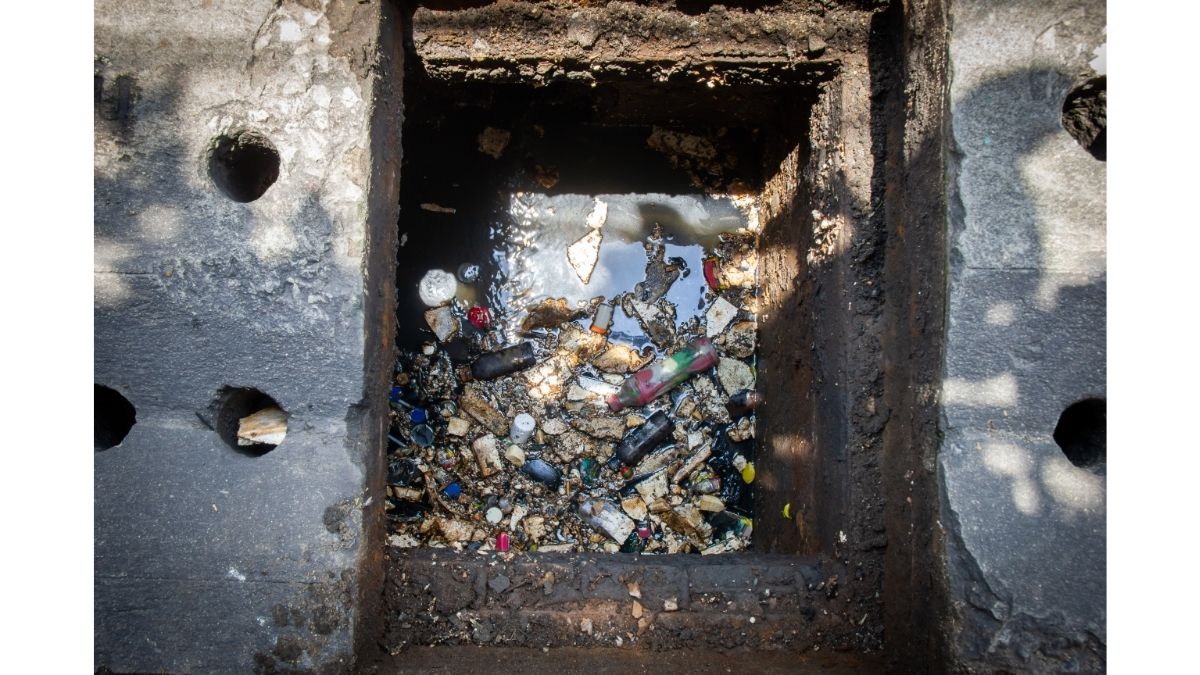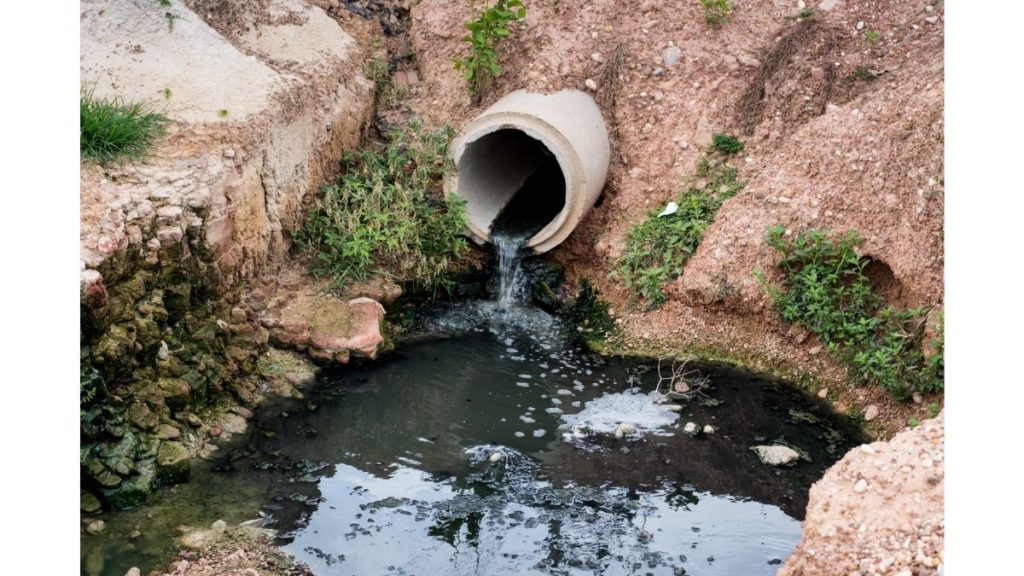Globally, 44% of sewage is not safely treated, according to UN-Water 2021. Releasing untreated sewage into water bodies pose a great threat to humans as well as the environment. But, how do we understand the quality of sewage and the number of pollutants in it? This blog let me walk you through the basics of sewage, its sources, types, and quality indicators.
Before heading onto the details about sewage, here are a few shocking facts about water pollution and its effects: Water Pollution – Effects and Causes. Going through this blog will help you better understand the importance of treating sewage.
Now, let’s get started.
What is sewage?
Sewage is a type of wastewater that enters the sewerage system from household bathrooms, toilets, kitchens, laundries and drains. It consists of approximately 99.6% water and 0.4% of biodegradable pollutants and small solid particles. A sewage treatment plant considers the following parameters of sewage:
- The rate of flow
- Physical state
- Chemical and hazardous contents
- Bacteriologic status are all factors to consider (which organisms it contains and in what quantities).
Components of Sewage
The major components of sewage include:
- Greywater – wastewater from sinks, bathtubs, showers, dishwashers, and clothes washers
- Blackwater – wastewater from toilets, mixed with the human waste flushed away
- Soaps and detergents, and toilet paper
Also read: What are Water Pollutants? – Definition, Sources and Types
Sources and Types of Sewage
Households, municipalities, industry, and urban runoff are all sources of municipal wastewater. The following liquids and materials may be discharged into sewer systems at the household level:
- Human excreta (faeces, urine, blood, and other bodily fluids) is frequently mixes with used toilet paper or wet wipes in case of sewage from toilets.
- Washing water used for personal hygiene, clothing, floors, dishes, and automobiles.
- Liquids produced in excess from domestic sources (cooking oil, pesticides, lubricating oil, paint, cleaning detergents, etc.).
The liquids and substances that end up in sewage at the municipal level include oils, animal faeces/manure, food waste, litter, fuel, diesel or rubber residues from tyres, soap scum, metals from vehicle exhausts, de-icing chemicals, herbicides and pesticides from gardens. These are all found in urban runoff from highways, roads, railway tracks, car parks, roofs, and pavements.
Sewage Quality Indicators
Sewage quality indicators are laboratory tests that determine if wastewater is suitable for disposal, treatment, or reuse. These tests measure the physical, chemical, and biological characteristics of sewage. Physical characteristics don’t demand complex procedures since our physical senses alone can detect them. Bioassays and aquatic toxicity tests determine the biological properties while titrations and related laboratory procedures give the chemical characteristics.
Physical Characteristics
The physical characteristics of sewage include those characteristics that our physical senses like sight, smell, touch etc can detect.
Temperature
The temperature of sewage gives an idea about the level of contaminants. The temperature of wastewater fluctuates substantially based on the procedures performed at the treatment plant. When sewage becomes septic due to microbial action and chemical reactions, the temperature changes. A lower temperature implies that groundwater has entered the sewage system.
Also read: Eutrophication – Definition, Causes, Effects and Control
Colour
Colour and odour determine the age of wastewater. Fresh wastewater is light brownish-grey in colour. With an increase in anaerobic conditions, the colour changes from grey to dark grey and black. The oxidation of organic compounds causes the sewage to turn dark grey and black. The black colour indicates septic sewage.
Odour
Fresh sewage has an oily or soapy odour, however septic sewage develops an unpleasant odour due to gases produced by the decomposition of organic matter. The most characteristic odour of wastewater is that of hydrogen sulphide which results from anaerobic decomposition. Industrial wastewater also contains odorous compounds or compounds which produce odour during treatment. The following devices can measure odour:
- H2S meter
- Olfactometer
- Scentometer
- Butanol wheel
Turbidity
- Measure of light-transmitting property of water.
- Turbidity measurement involves comparing light scattered by sample to that by a reference suspension under same conditions.
- Colloidal matter absorb light and thus prevent transmission.
- Thus, if a sewage sample doesn’t transmit light, it indicates that the sample is turbid due to presence of suspended and colloidal substances.
Solids
Solids are those substances that remain as residue after evaporation and drying of the sewage at 103.20C.
Suspended particles are solids that have not been dissolved in wastewater. Floatable solids or scum are suspended materials that float.
Settled solids, often known as grit or sludge, are suspended materials that settle. Settleable solids refer to the solids that settle at the bottom of an Imhoff cone after the water has settled for one hour. It is a measure of the quantity of sludge that can settle by primary sedimentation.
Volatile solids are solids that burn or evaporate at temperatures between 500°C and 600°C. In a wastewater treatment plant, the sediments provide food for bacteria and other living organisms and thereby they decompose the waste. The majority of organic substances included in municipal garbage come from living plants and animals.
Also read: Activated Sludge Process – Stages and Process Control
Chemical Characteristics
Sewage comprises both organic and inorganic compounds and numerous gases produced by sewage decomposition, such as H2S, CO2, CH4, and NH3. pH, DO (dissolved oxygen), oxygen demand, nutrients, and hazardous compounds are chemical features of wastewater that are of particular interest.
pH
The pH scale describes the acidity or alkalinity of aqueous solutions. Initially, the sewage has high pH. Further, the pH drops when it gets septic, and then rises again as it goes through the treatment process.
Dissolved Oxygen (DO)
The term “aerobic” or “fresh” refers to wastewater that contains DO. At 1.0 atm pressure, oxygen solubility in freshwater ranges from 14.6 mg/L at 0oC to roughly 7 mg/L at 35oC.
Biochemical Oxygen Demand (BOD)
BOD is the amount of oxygen that is necessary for the aerobic bacteria to decompose organic matter in a period of 5 days at a typical temperature of 20oC. We have a blog, Biochemical Oxygen Demand || Dissolved Oxygen of Water || Full Details which has all the topics that one should know about BOD. Don’t forget to check it out.
Chemical Oxygen Demand (COD)
The COD is used as a measure of the oxygen equivalent of the organic matter contents of a sample that is susceptible to oxidation by a strong chemical oxidant by definition, i.e. the COD is used as a measure of the oxygen equivalent of the organic matter contents of a sample that is susceptible to oxidation by a strong chemical oxidant.
For more details: Chemical Oxygen Demand and Total Organic Carbon Analysis
Biological Characteristics
Bacteria, viruses, and parasites are the three biological entities found in wastewater.
Bacteria
The typical concentration of bacteria in raw sewage ranges from 500,000 to 5,000,000 per mL. With the help of external and intracellular enzymes, these bacteria are responsible for the breakdown of complicated molecules into stable chemicals. Bacteria can be classified into three types depending on their manner of action:
- Aerobic Bacteria
- Anaerobic Bacteria
- Facultative Bacteria
Along with bacteria, sewage also contains viruses, helminths, parasites etc.
Conclusion
We had seen the quality indicators of sewage like odour, colour, BOD, COD etc. Good quality water is essential to human health, social and economic development, and the ecosystem. Hence it’s our responsibility to ensure that all the sewage that is generated undergoes treatment. Check out our blogs Wastewater Treatment- Stages and Process full details and Secondary Treatment for Wastewater – Methods and Process if you wish to dig deep into various methods of wastewater treatment.
Here’s an interesting method of sewage and wastewater treatment: Constructed Wetlands for Wastewater Treatment. Do check it out.


